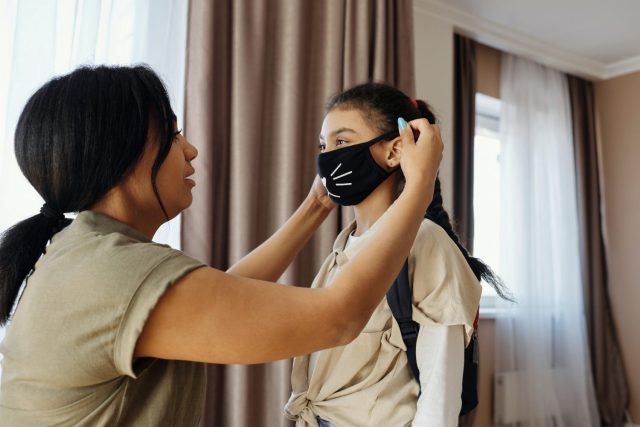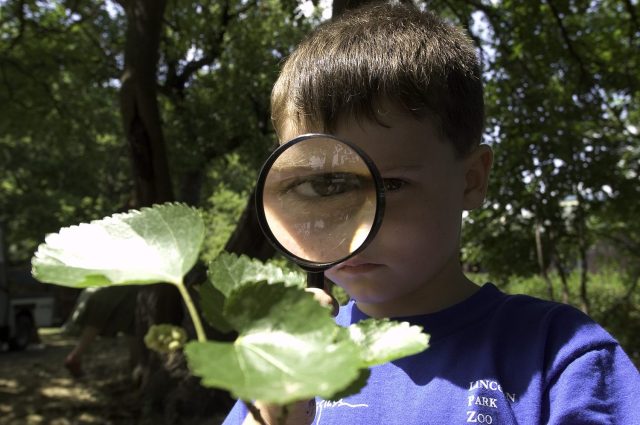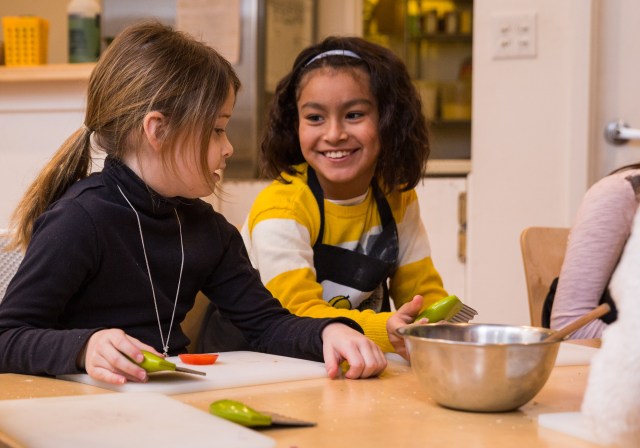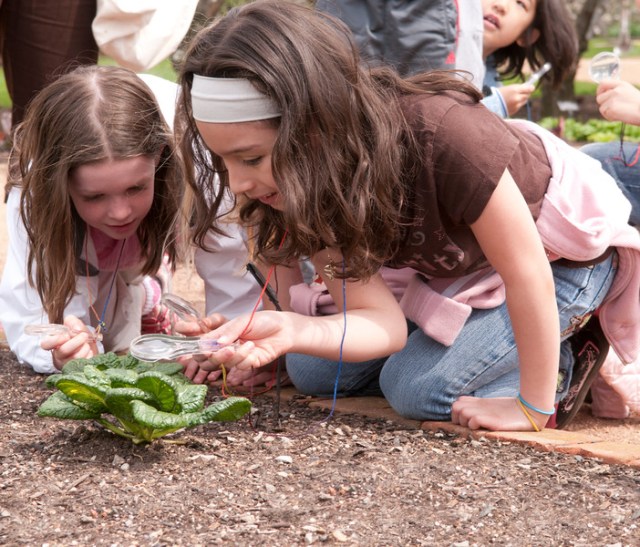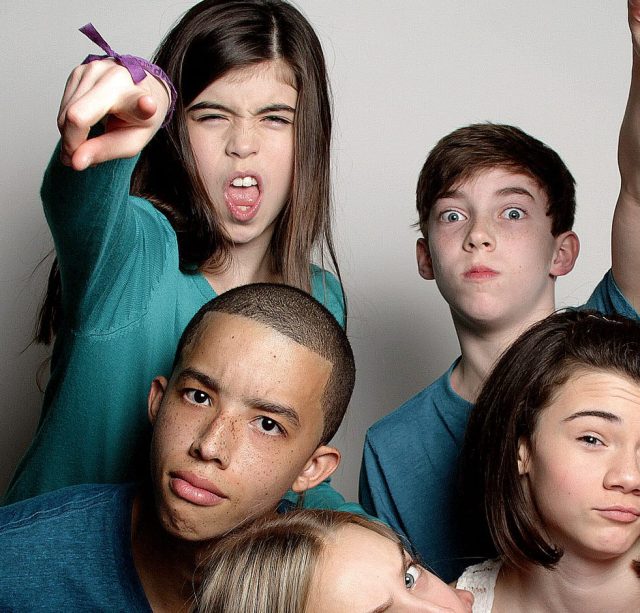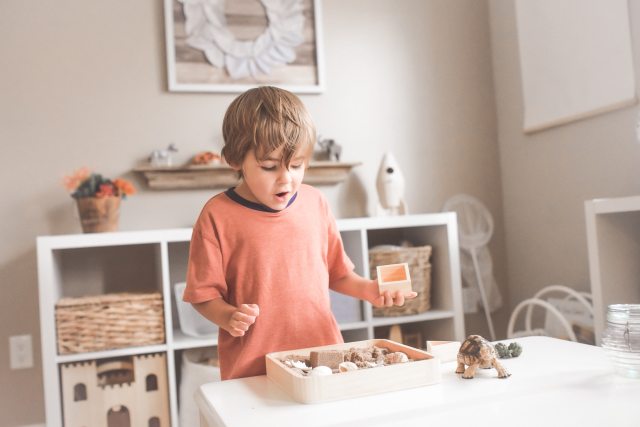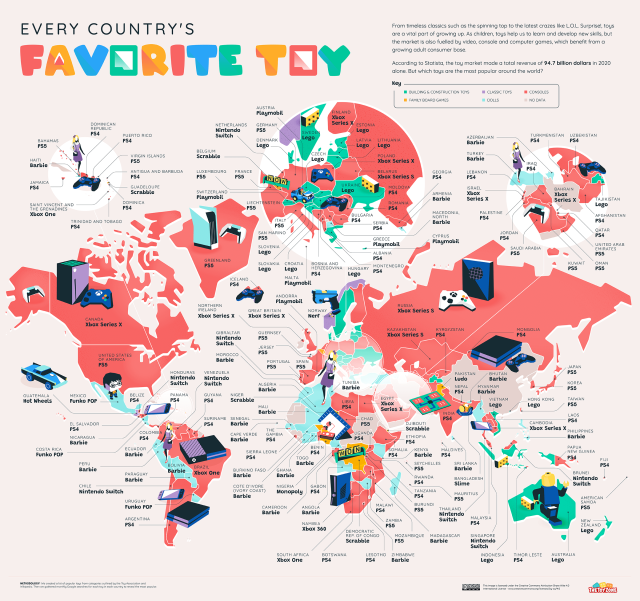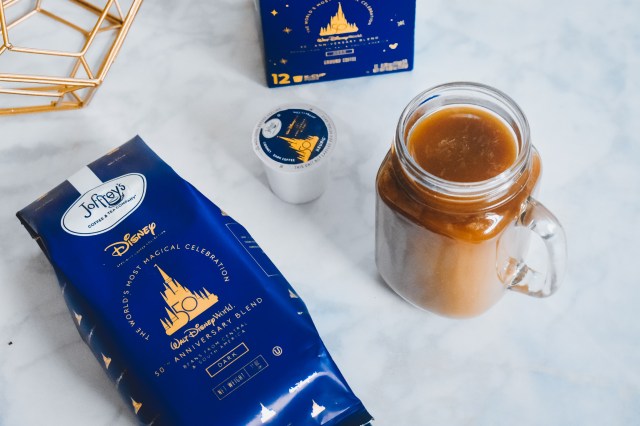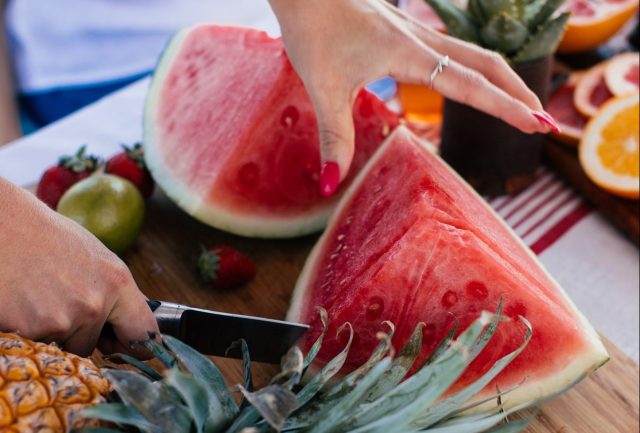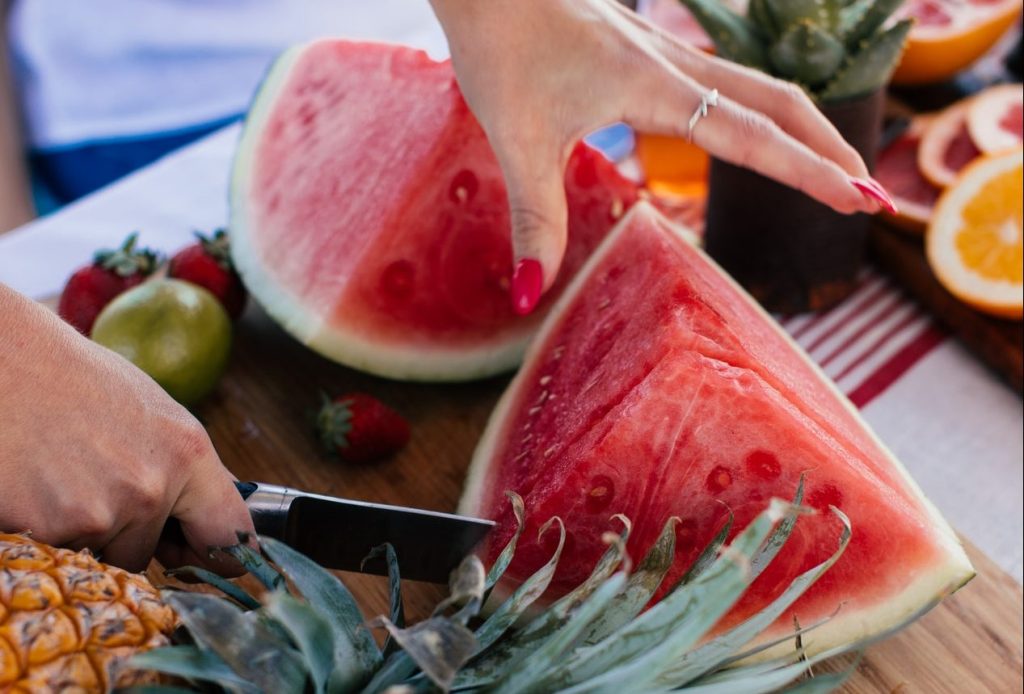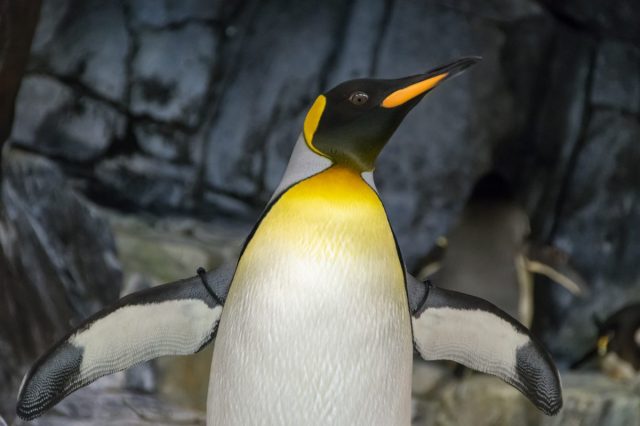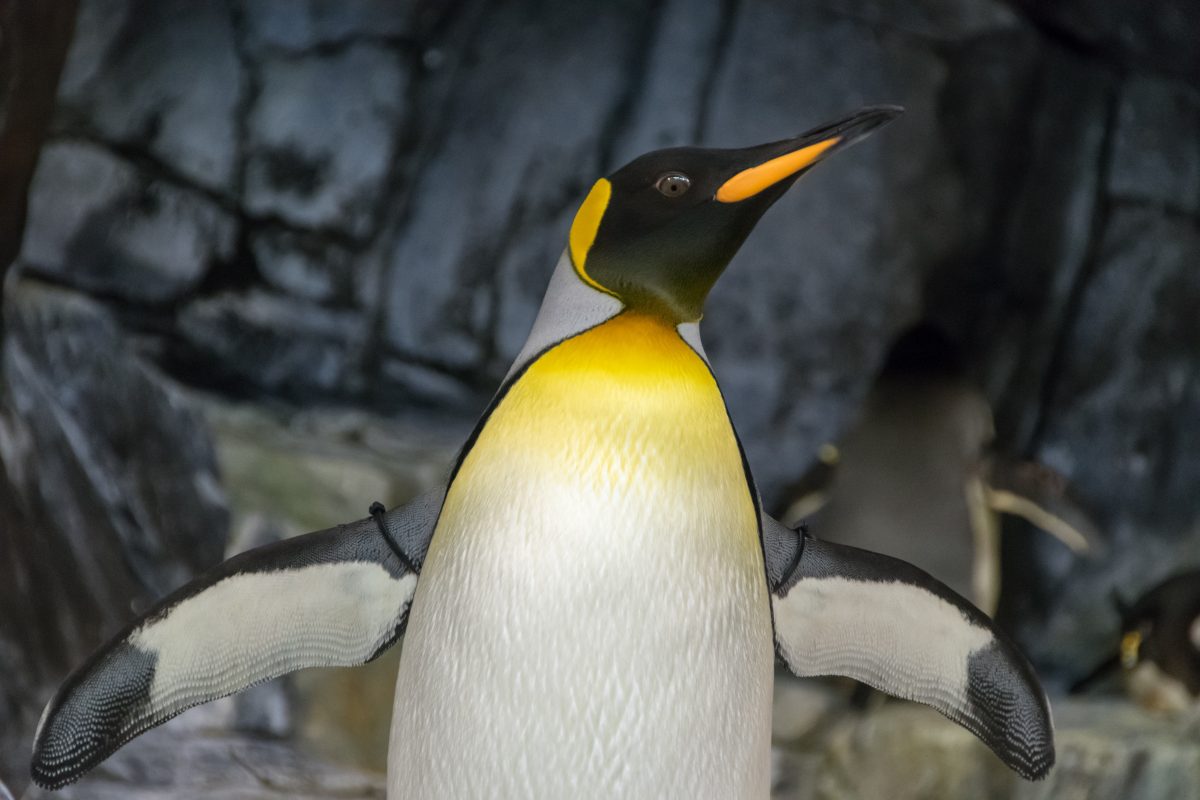After a day of museum hopping (or spending a few hours at kiddo’s fave Smithsonian) tummies are likely growling. If you’re looking for something more than the usual fare–nuggets and macaroni–look no further. Here are some lip-smacking spots that make your day at the National Mall a true treat.
Photo: Hilary Riedemann
Museum of the American Indian – Mitsitam Cafe
Introduce the kids to traditional, native, indigenous food at the Mitsitam Café – meaning “Let’s Eat” in the native language of the Delaware and Piscataway People. Kids can sample plates from across the Americas at stations like Northern Woodlands, Mesoamerica, South America, Northwestern Coast, and the Great Plains. Not only can you pick up delicious dishes, like Fry Bread, Cedar Planked Salmon, and Ropa Vieja, but the kiddos can learn a thing or two. How native people lived in that region? What they cooked with?
4th St. and Independence Ave.
Online: mitsitamcafe.com
USDA South Cafe
This might just be the hidden gem of the mall. Tucked inside the USDA’s South Building is the South Café featuring locally grown produce, farm to table food, sushi, fresh made sandwiches, salad bar, hot buffet bar and more. Kids can wander around deciding what they want – perfect for picky eaters – and learn about certain foods and healthy eating from the posters hung on the walls. The local farmers and cattle raisers are also featured so you really will know exactly where all your lunch was grown, born, harvested, raised, and plucked. You also have the option of dining in, or grabbing it to go.Tip – look for the entrance near Wing 3 on Independence Avenue and have your ID with you; asking people carrying food containers out of the building is also fair game.
14th St. and Independence Ave.
Online: dm.usda.gov
Garden Café – National Gallery of Art
For the artist in all of us, the Garden Café often rotates its buffet menus around the exhibits on display. Little ones might nosh on French baguettes and Bouillabaisse one trip and sample Beef Stroganoff and Russian Black Bread the next. Pint sized Van Gogh’s will appreciate the variety that comes with the buffet style servings, while Mom revels in the grown up, artistic and refined décor. Tip: It’s a little pricey at $20 per person, but if the kiddos are bottomless pits it’s a great place to try new dishes.
6th St. and Constitution Ave.
Online: www.nga.gov
Online:
Castle Cafe
For the kiddos who love anything remotely to do with princes, princesses, castles, and royalty, the Smithsonian Castle Café might be the hit of the day. Your little princess can have a tea party at the castle while your knight in shining armor indulges his love of all things sweet and icy. Kings and Queens, err Mom and Dad, can satisfy their rumbling bellies with Paninis, organic salads, antipasti, and even beer and wine, should the occasion call for them.
1000 Jefferson Dr., SW
Online: si.edu
American History Museum – Stars and Stripes Café
Kiddos dying for a hot dog, BBQ sandwich, pizza or sandwiches can fill their craving at the Stars and Stripes Café. Featuring natural and sustainable items, the café offers visitors to Old Betsy a few different choices without sacrificing taste, health or flavor. So after you’re done checking out Kermit, and pretending to veto legislation, head on down to snack on some good ole’ American food. Tip: It holds 600 people so you’ll almost always find a table even on the most crowded of days.
14th St, and Constitution Ave.
Online: americanhistory.si.edu
Do you have a favorite place to eat at the National Mall? Tell us in the comments below.
–Hilary Riedemann
